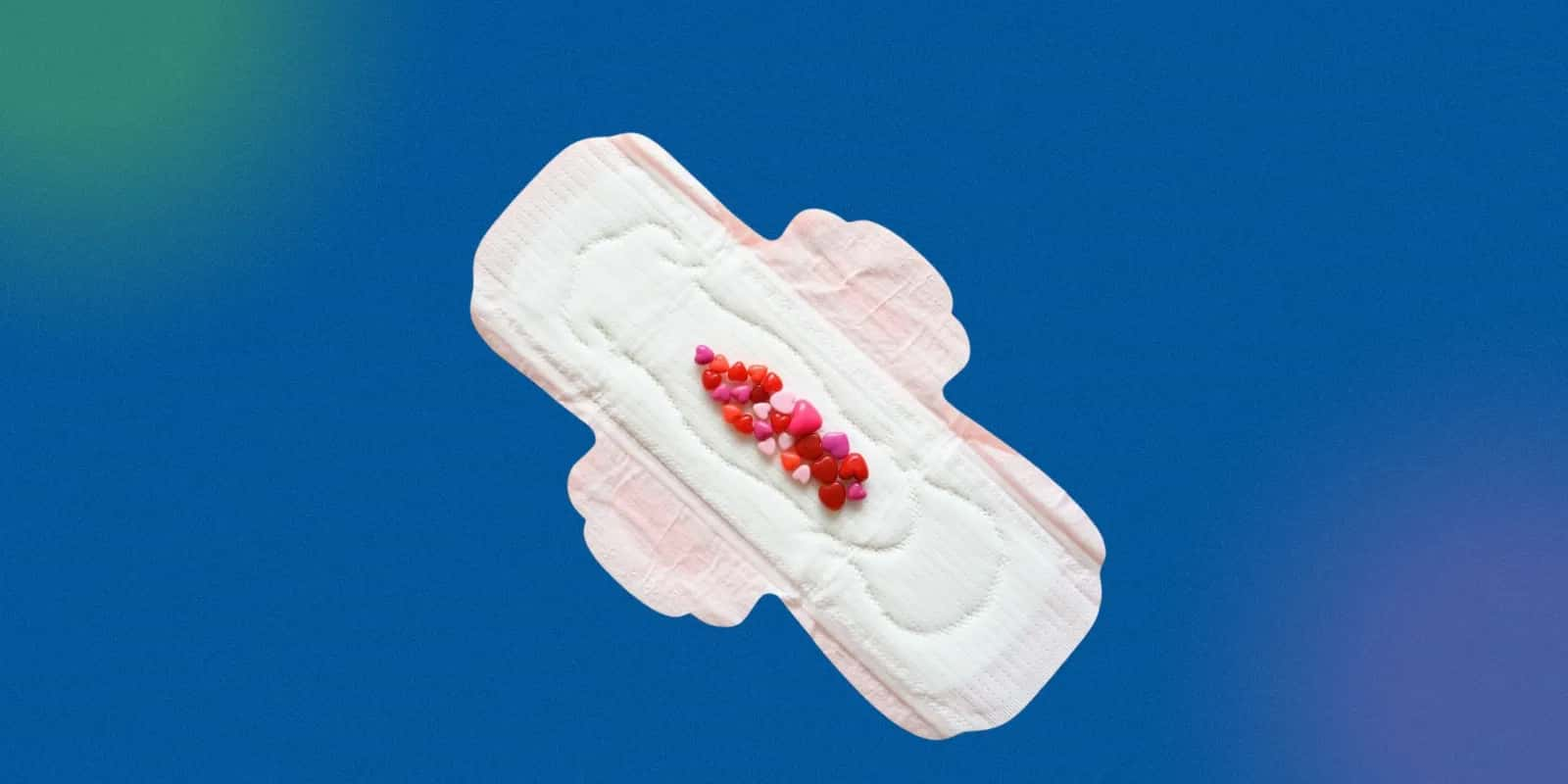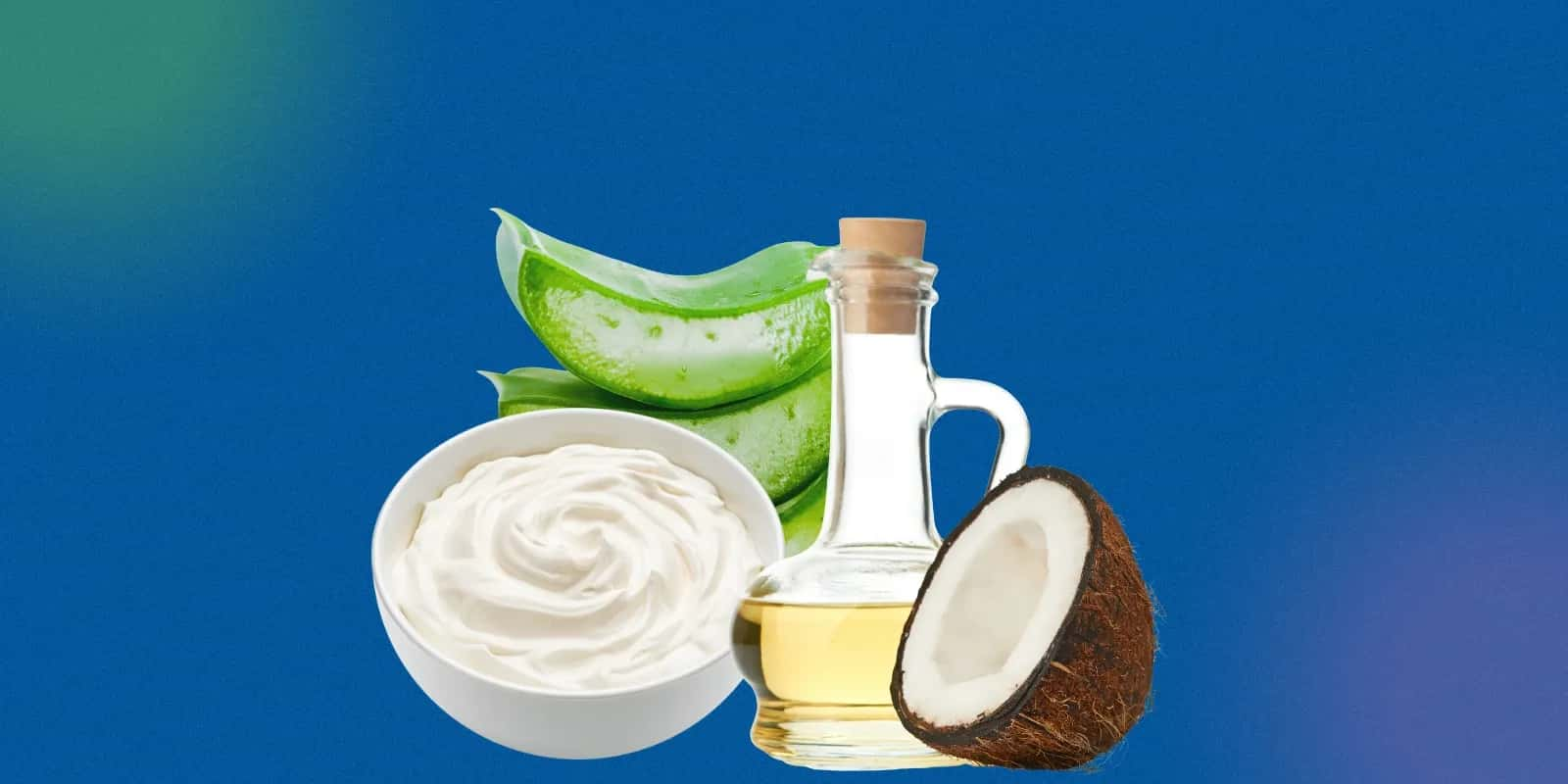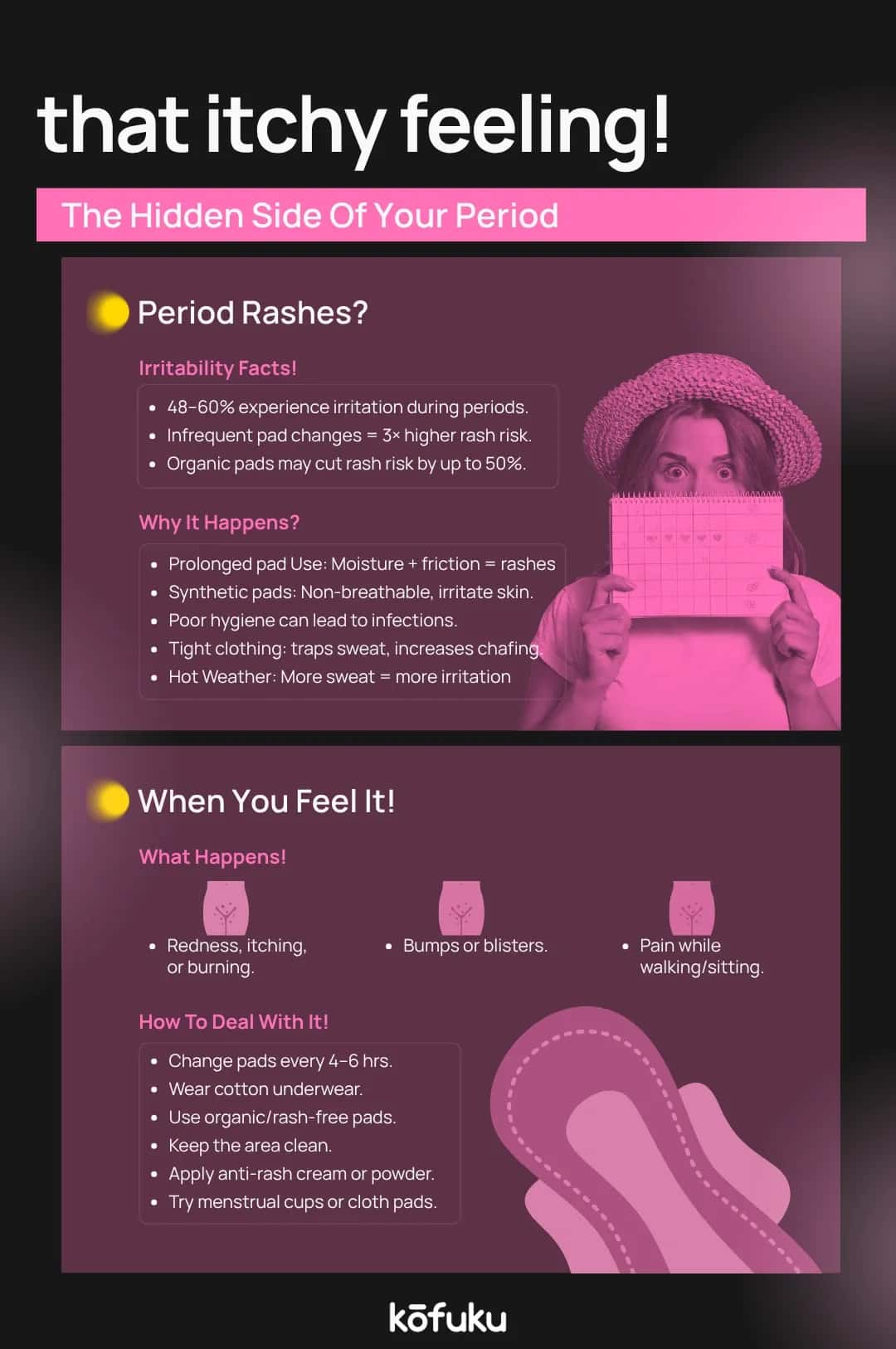Rashes During Periods: Causes, Symptoms, and Simple Solutions

Introduction
Have you ever seen anyone not complain about periods? Rashes, mood swings, and irritability are all we have heard about periods. But what if we tell you there's a way to avoid period rash?
One less thing to worry about, right? Explore what period rashes are, rashes due to sanitary napkins, and skin rashes during periods, and how to deal with them.
Regular periods are a sign of a healthy reproductive system, but almost all women experience period rashes and rashes due to sanitary napkins. Sometimes, a rash can be the result of irritation from sanitary napkins; other times, it's the combination of moisture, heat, and bacterial buildup.
Recognising the Signs of a Menstrual Rash
Recognising a menstrual rash helps in early management. Typical signs include:
- Itching or burning around the vulva or inner thighs
- Redness and inflamed skin, sometimes with tiny blisters or bumps
- Discomfort when moving, especially during walking or sitting
- Painful contact with sanitary napkins or underpants
- Occasionally, mild discharge or crusting occurs if friction irritates the skin
These signs often follow the use of a sanitary product, indicating a rash period caused by contact or infection.

Why Do Rashes Occur During Periods?
Multiple factors trigger a skin rash during periods, especially if left unchecked. Some of the common culprits include:
Poor Hygiene
-
Pads that aren't changed frequently can trap moisture and bacteria, creating a rash-prone environment where bacteria can thrive, giving a severe menstrual rash.
-
Overnight use of the same sanitary pad, especially when left uncovered by menstrual flow, can irritate sensitive skin.
Using One Sanitary Napkin for Too Long
As menstrual blood accumulates, the material of the sanitary pad breaks down, increasing friction and moisture, the ingredients for rash development.
Allergic Reactions and Period Rashes
-
Some women react to chemicals, dyes, perfumes, or materials in sanitary pads, which can cause itchy, patchy skin rashes during their periods.
-
Even organic or hypoallergenic sanitary pads may contain allergens for some women.
Breaking Norms to Prevent Rashes During Periods
-
In some cultures, menstruation means restricted access to water, drying facilities, or private spaces. This drastically increases the risk of skin rashes during periods.
-
Fear or stigma may prevent the timely change of sanitary pads, compounding the hygiene issue.
Simple Ways to Prevent and Treat Period Rashes
Prevention is better than cure; we all have heard this multiple times, and now it's time to act accordingly. Consider these practical steps to manage or entirely avoid a period rash.
Maintain Menstrual Hygiene
-
Change sanitary pads every four to six hours, or sooner if they become soaked.
-
Cleanse gently with mild, unscented soap and water; avoid scrubbing.
-
Lightly pat dry after washing, ensuring the area is completely moisture-free before wearing a new sanitary pad.
Choose Wisely
-
Use unscented, breathable pads; cotton-backed pads reduce friction and the possibility of a period rash.
-
For cloth or reusable pads, wash thoroughly in mild detergent and air dry completely to inhibit microbial or bacterial growth.
Rotate Your Routine
-
Consider alternating sanitary pads with period underwear or menstrual cups to reduce constant friction and avoid period rash.
-
Ensure reusable options are completely clean and dry before use to avoid period rash.

Apply Soothing Topicals
-
Use barrier creams that contain zinc in areas of friction, but only after confirming no allergic reaction. Always perform a patch test before trying out a new product.
-
A light layer of natural coconut oil may reduce friction and irritation for some women.
Wear Loose, Breathable Undergarments
-
Avoid wearing tight clothes as they can trap moisture. Instead, opt for cotton briefs that allow the flow of air and reduce the risks of period rash.
-
Avoid synthetic materials that can hold heat and sweat.
Seek Medical Help if Persistent
-
If a menstrual rash persists, spreads, or becomes painful, consult a doctor, especially if accompanied by odour or unusual discharge.
-
A mild topical steroid ointment may be prescribed for inflammation or allergies.
Conclusion
While period rashes can be bothersome and uncomfortable, they are generally preventable with simple changes in hygiene, products, and lifestyle habits. Avoid prolonged use of sanitary napkins, go for unscented materials, and avoid moisture-trapping pads.
By adapting gentle skincare, suitable underwear, and thoughtful pad management, most women can enjoy rash-free periods. If symptoms persist, pain, irritation, or unusual discharge develops, seek medical help. With mindful menstrual care, you can minimise the discomfort from period rash and have rash-free periods.

FAQs
Q. What causes period rashes?
A. Period rashes are often caused by friction, moisture build-up, prolonged use of pads, and allergic reactions to materials in sanitary products.
The skin can also be irritated when sanitary hygiene during menstruation and ventilation is poor.
The causes result in itching, discomfort during menstruation, itching, inflammation, redness, especially in a warm or humid climate.
Q. Are certain sanitary products more likely to cause rashes?
A. Yes, some of those sanitary pads and tampons, which are made of synthetic materials or have artificial fragrances or include irritating chemicals, may tend to cause a period rash.
Products which are non-breathable or bad at absorbing moisture can cause a buildup of heat and sweat, leading to period rashes. Unscented options that are cotton-based could help decrease the irritation.
Q. How can I prevent rashes during menstruation?
A. To prevent period rashes, change pads every four to six hours, maintain good hygiene, and choose breathable, hypoallergenic products.
Avoid scented sanitary items and tight synthetic underwear. Wash the area gently with water and pat dry. Ensuring ventilation and moisture control is key to avoiding skin rashes during periods.
Q. Can switching to menstrual cups reduce period rashes?
A. Yes, menstrual cups reduce skin contact with absorbent materials, lowering the chance of friction and period rashes. They are generally made of medical-grade silicone and are usually hypoallergenic, not moisture-trapping.
When used properly and hygienically, they provide a comfortable, less harmful, and more eco-friendly sanitary alternative that can help reduce the frequency of skin rashes during periods.
Q. When should I consult a doctor for a period rash?
A. You should contact a doctor when a period rash lasts longer than several days, when the condition worsens at home, or when infection symptoms appear, including swelling, pus, intense redness, or severe itchiness.
When the period rashes recur regularly or interfere with everyday activities, then medical assessment is necessary to ensure that one is not allergic or has some form of dermatitis.

Understanding Menopause: No Period, New Phase

Do Menopause Tablets Help You Lose Weight? The Truth Revealed!

Menopause Affects Your Mouth: Major Signs to Look Out For

Navigating Menopause with Confidence

Impact of Alcohol on Women’s Health Is More Than Men


